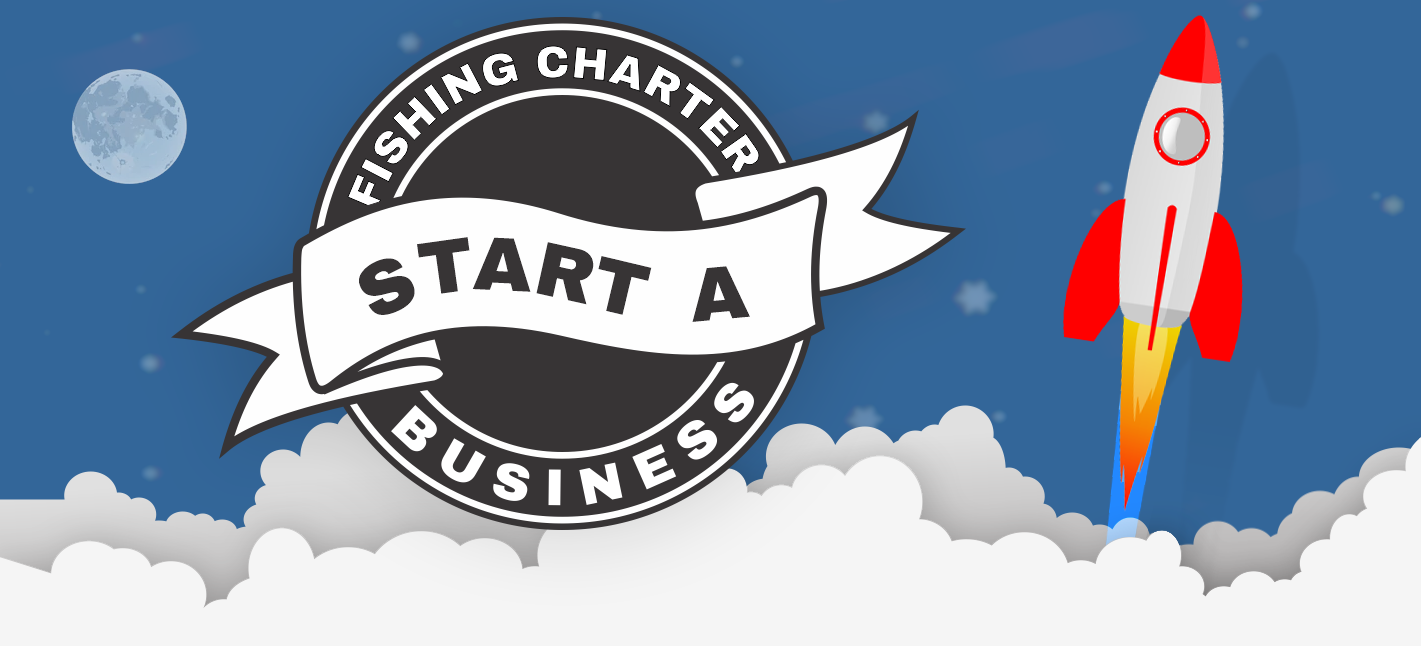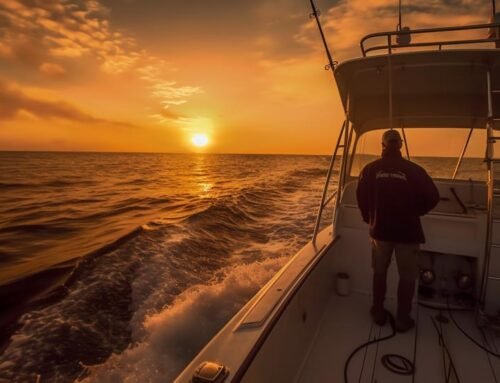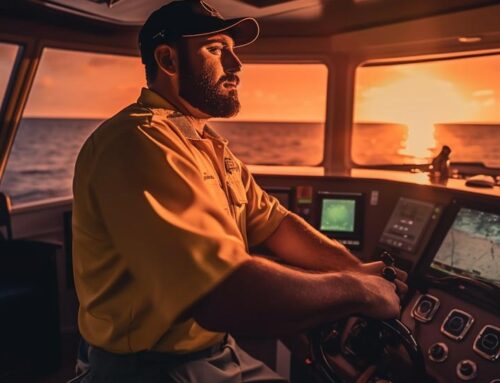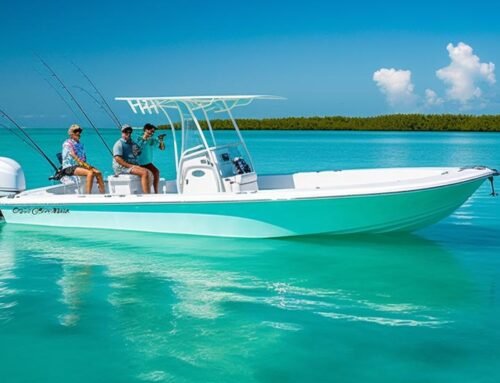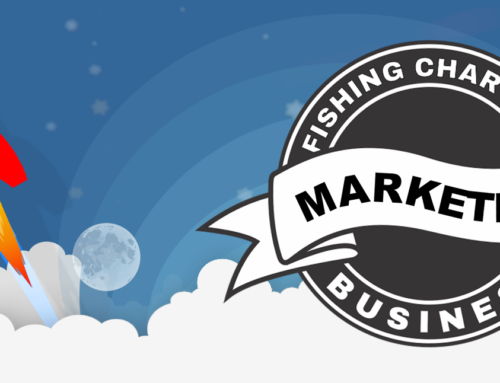As I stated in PART 1, the charter fishing business is more about entertainment than catching fish. If you are new to the business, you may have difficulty believing that: but it is true. Suppose you are running a trip and for some reason, any reason, your clients are not catching much and sometimes nothing. If you are a good conversationalist, you can still save the day. Tell some of your fish stories, ask about their work or interest; anything to get them talking about something in which they are interested. Open conversation helps pass the slow times and makes the trip more enjoyable.
All right, you have your boat, you have your captain’s license, and you have your insurance. Now you need your fishing gear. I was lucky in that I had been building my own line of fishing rods for many years (and still do). I have rods for almost any saltwater fishing: inshore, near shore and offshore out to thirty miles. Most of my rods during my charter years were matching sets. My customers really enjoyed the custom rods and felt it enhanced their outing. I even sold quite a number of rods through my charter business. Most likely, you do not have the custom rod package at hand. But that doesn’t mean you can get by with totally inadequate rods and reels. You should invest in good rods and reels and keep them in good working order. I recommend that you have plenty of rigs already made up before you go down to the boat to meet your clients. If a client loses a rig for whatever reason, you can be right there with a new one without any down time. Your client will appreciate it. I use small, medium and large zip lock bags to store multiple rigs in different sizes to keep everything organized. ( In another segment we will talk about “accessories” you should have on the boat.)
When first getting started, advertising is a must for attracting clients to fish with you. First, a good website will place you in front of countless prospective clients. I recommend you have some information about you and your background. You should have a picture of your boat with rods and reels on it and a description. Be sure to have your rates for half days, whole days and what they entail such as inshore or near shore, fishing or cruising (sight seeing). You will be surprised at what some clients may ask. Pictures of caught fish, by you and by clients and a method to add pictures should be an important page(s) of your site. A weather and tide page(s) are good. Also, I received a lot of mileage from my fishing report page. It is always good to tell folks the good, bad and ugly about your fishing trips. It builds trust and confidence with your clients and potential clients. Finally, you need a contact page so people will know how to reach you. Certainly, there are many more pages that may be relevant and important to your clients and your business. The more information you provide, the better informed your potential clients will be. If you need help, I recommend 601 Media, LLC. Yes they are sponsoring these articles, but I have been with them for many years and they know the business.
This is the first segment of several articles aimed at starting and maintaining a charter business for those interested in pursuing an inshore, near shore or offshore captain license. Check back often for the latest segment in the series.
Co-Author Capt. Rick Bennett, Ret.
www.rod-man.com



